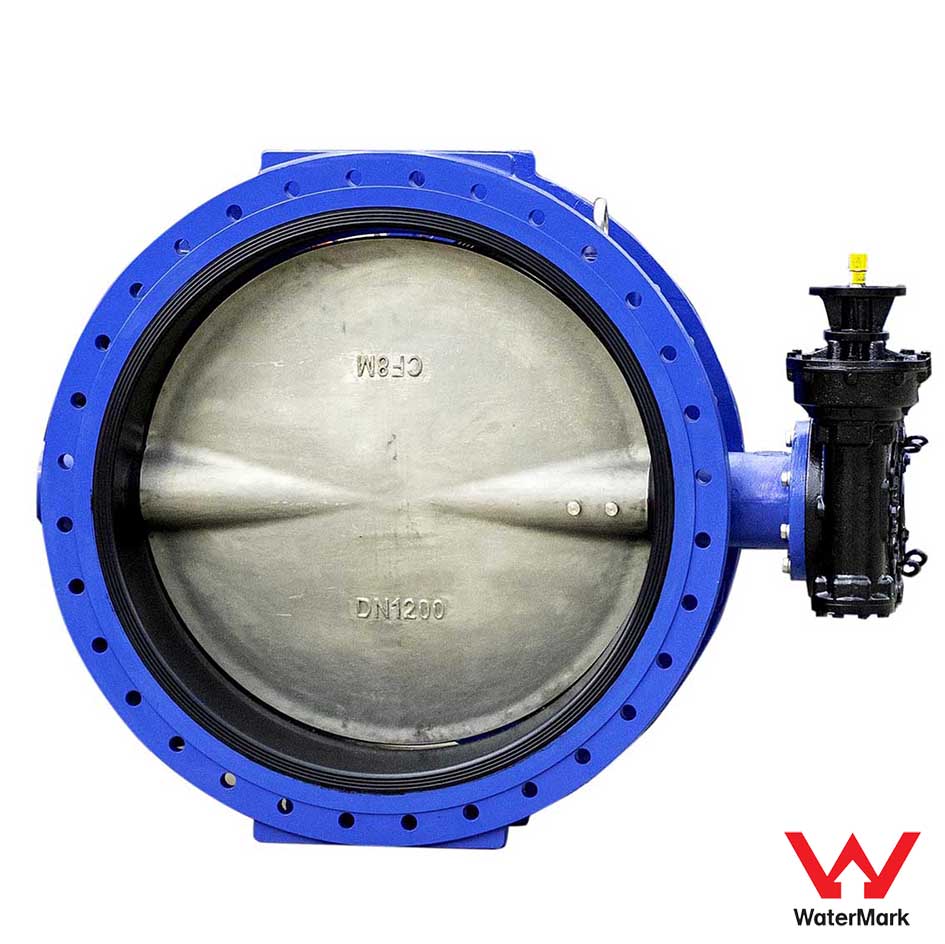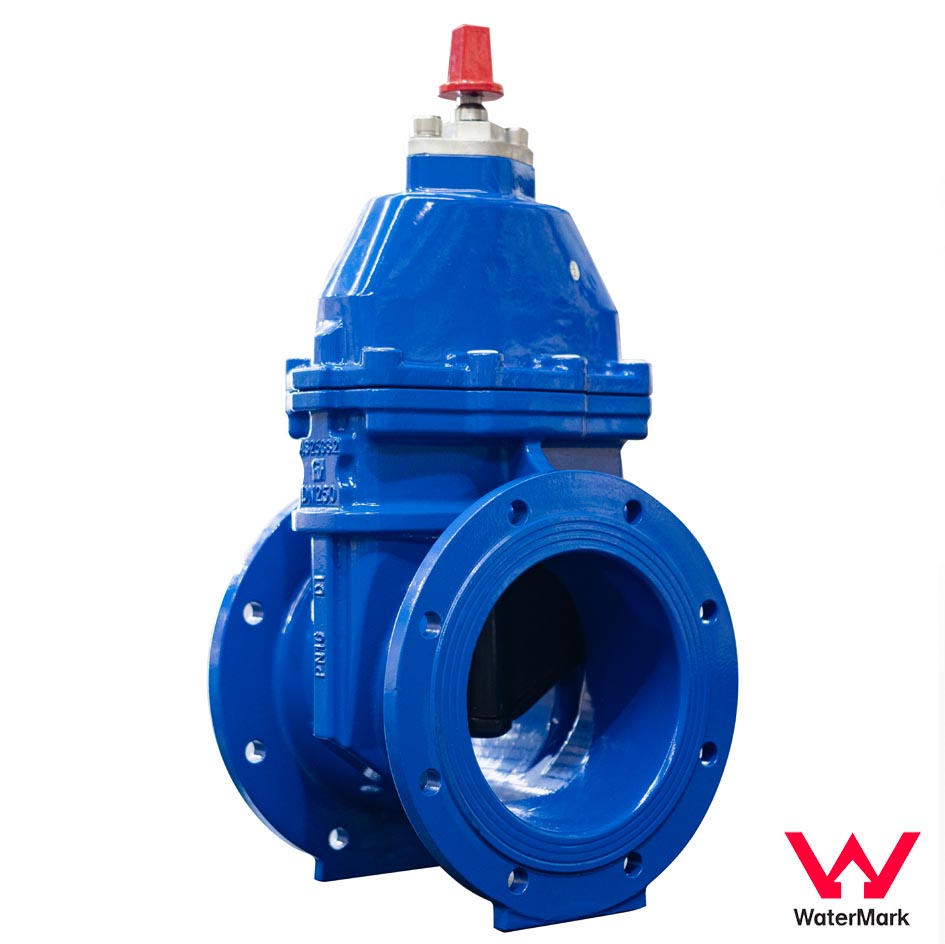
The Future of Valve Automation: Trends and Technological Advancements
News
The world of valve automation is constantly evolving, driven by rapid technological advancements and the increasing demand for more efficient and reliable solutions. As industries strive for greater control, precision, and sustainability in their processes, automation has become a critical factor in the design and operation of valve systems. In this blog post, we will explore some of the latest trends and innovations shaping the future of valve automation.
-
Smart Valves and the Internet of Things (IoT) The Internet of Things (IoT) has had a significant impact on various industries, and the valve automation sector is no exception. Smart valves equipped with sensors and communication capabilities can now be integrated into IoT networks, enabling remote monitoring and control. This allows operators to gather real-time data on valve performance, predict maintenance needs, and optimize system efficiency. Furthermore, IoT integration facilitates better decision-making, as it offers valuable insights into system performance and potential issues.
-
Predictive Maintenance and Artificial Intelligence (AI) One of the most promising trends in valve automation is the implementation of predictive maintenance strategies, powered by artificial intelligence (AI) and machine learning algorithms. By analyzing the vast amounts of data collected from smart valves and IoT systems, AI can identify patterns and anomalies that may indicate potential issues or failures. This enables operators to address problems proactively, minimizing downtime and reducing maintenance costs. As AI technology continues to advance, we can expect even more sophisticated predictive maintenance capabilities in the future.
-
Wireless Communication and Control The adoption of wireless communication technologies has streamlined valve automation, offering greater flexibility and reduced installation costs. Wireless valve actuators can be remotely controlled and monitored without the need for extensive wiring, making them an ideal solution for challenging or hazardous environments. Furthermore, wireless technologies enable the seamless integration of valve automation systems with other industrial automation platforms, promoting interoperability and data exchange.
-
Energy-efficient Actuators As industries focus on reducing energy consumption and minimizing their environmental impact, energy-efficient actuators have emerged as a vital component in valve automation. Modern actuators are designed to consume less power while delivering the same level of performance as their traditional counterparts. Some energy-efficient actuators also incorporate energy recovery mechanisms, which capture and store excess energy generated during valve operation for later use.
-
Customization and Modular Design The growing need for tailored solutions has led to a shift towards customization and modular design in valve automation. Manufacturers are now offering a wide range of configurable actuators and control systems, allowing customers to choose the features and capabilities best suited to their specific application requirements. Modular designs also simplify maintenance and upgrades, as individual components can be easily replaced or added as needed.
In conclusion, the future of valve automation is shaped by exciting innovations and trends that have the potential to transform how industries manage and control their processes. As technology continues to evolve, we can expect even more advanced and efficient valve automation solutions to emerge, offering improved performance, reliability, and sustainability for various applications. By staying informed and embracing these advancements, companies can optimize their operations and maintain a competitive edge in an ever-changing industrial landscape.












